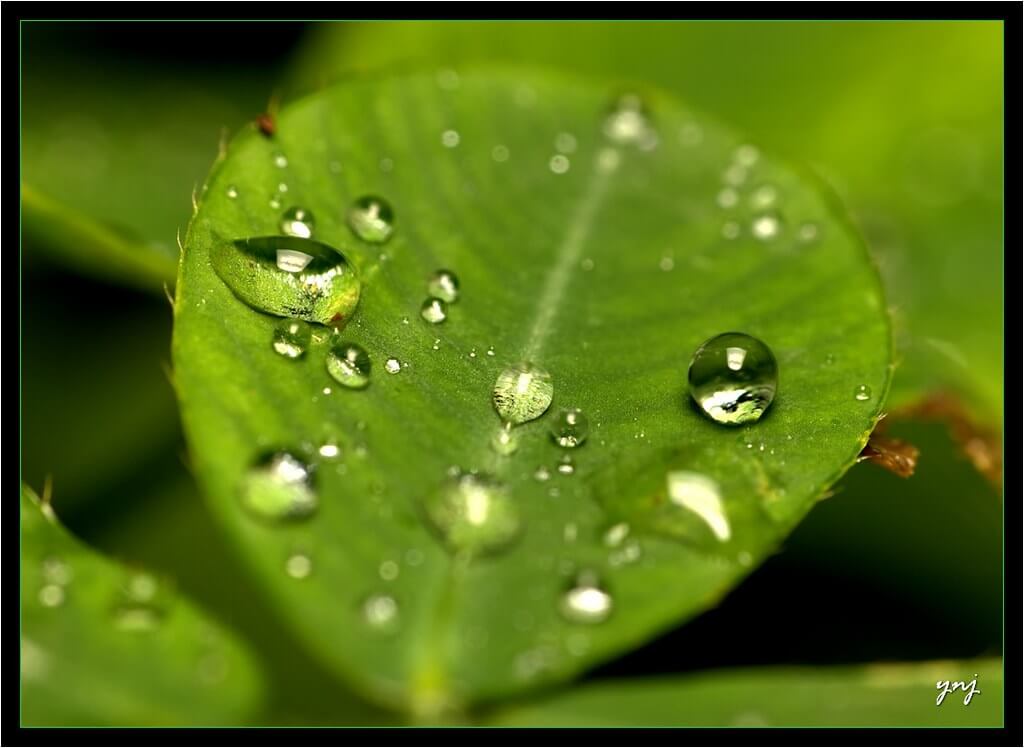Rainwater collection systems are becoming increasingly popular as a way of harvesting a natural, sustainable source of water for use in the home. It is an easy and cost-effective way to save money on utilities, reduce stress on municipal infrastructure, and even help out with local ecosystems. This article will provide an overview of how to set up a rainwater collection system at one’s home. It will cover the necessary materials required, the installation process, and the benefits that come from harvesting rainwater.
Gather the Necessary Materials
Gathering the necessary materials for a home rainwater collection system is an essential first step in the process. A typical system will require some form of container, such as a barrel or tank, to collect and store the water. The container should be large enough to accommodate the amount of rainfall expected from storms in the area and should be made out of non-toxic materials like plastic or stainless steel. In addition to a storage container, gutters and downspouts must also be installed on the roof in order to direct runoff into the barrel or tank. These pieces should be made from durable materials that are capable of withstanding exposure to extreme weather conditions. Lastly, fittings and pipes must be connected between the gutter outlets and storage containers in order to ensure proper drainage. All these components are necessary for constructing a successful rainwater collection system.
Install the Rainwater Collection System
Installing a mechanism to capture and store precipitation can offer a practical solution to the problem of limited water supply. To install the rainwater collection system, one must first ensure that all necessary components are available. This includes the main storage tank, pipes, gutters or downspouts, filters, and connectors. The installation process will depend on the type of system chosen.
| Installation Measure | Rain Barrel System | Gutter System |
|---|---|---|
| Tank Placement | Above ground | Underground |
| Connectors Needed | Hose & Spigot | PVC Piping |
| Filtering Required? | Yes | No |
Reap the Benefits of Harvesting Rainwater
Harvesting rainwater can offer a number of benefits to households, from cost savings to environmental advantages. Rainwater is usually free of chemicals and pollutants that are found in tap water, making it ideal for watering plants or vegetable gardens. It also reduces the need to rely on municipal water systems which may be expensive or unreliable. In addition, using rainwater helps conserve resources and reduce stress on municipal water sources that often become overburdened during periods of drought.
The use of rainwater can result in significant financial savings for homeowners as well. Harvesting rainwater helps lower the amount of money spent on purchased water for outdoor uses such as gardening or car washing. For those who live in areas where potable water is scarce, harvesting and storing rainwater can provide a reliable source of clean drinking water at little or no cost. Finally, installing a rainwater collection system can increase the value of a home by offering an additional source of fresh drinking water and reducing reliance on municipal supplies.
Conclusion
Harvesting rainwater can provide a number of benefits. In addition to helping conserve water, it can also save money on utility bills. Rainwater collection systems are relatively easy to install and maintain. The materials necessary for this task are widely available and the cost is typically quite reasonable. With proper installation and maintenance, the system should last for many years to come, providing a steady supply of clean water that can be used in numerous ways throughout the home. Overall, creating a rainwater collection system is an economical way to conserve precious resources while also saving money in the long term.

